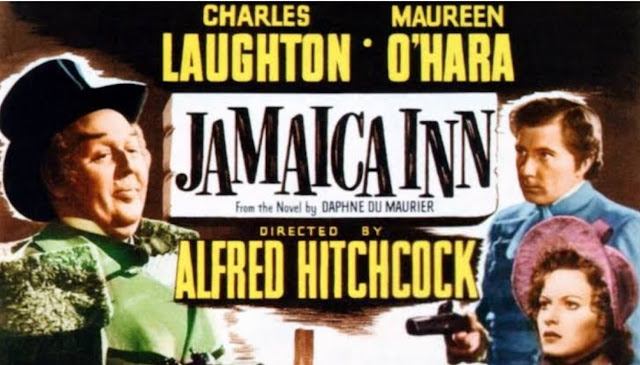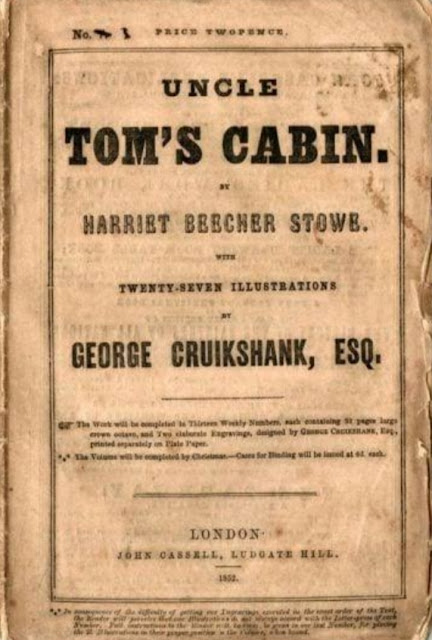Almost ten years ago I read Adam Hochschild's King Leopold's Ghost, about the horrible exploitation of the people of The Congo to advance the wealth of King Leopold of Belgium.
This is a great book, both for how it is written and for the forgotten story it tells. There is also a 2005 end note in which the author talks about reaction to the book." From my post of November 11, 2012.
A BEST BOOK OF THE YEAR: New York Times, Washington Post, New Yorker, Chicago Tribune, Kirkus, New York Post, Fast Company
From legendary historian Adam Hochschild, a "masterly" (New York Times) reassessment of the overlooked but startlingly resonant period between World War I and the Roaring Twenties, when the foundations of American democracy were threatened by war, pandemic, and violence fueled by battles over race, immigration, and the rights of labor
The nation was on the brink. Mobs burned Black churches to the ground. Courts threw thousands of people into prison for opinions they voiced—in one notable case, only in private. Self-appointed vigilantes executed tens of thousands of citizens’ arrests. Some seventy-five newspapers and magazines were banned from the mail and forced to close. When the government stepped in, it was often to fan the flames." From the publisher
It seems to many, including me, that America is now in a period of crisis threatening its tradition of democracy. There is also a deep fear and paranoia toward immigrants. Anti-Semitic incidents are on the rise as is race based hatred. Absurd Conspiracy theories abound, supported by leading politicians. Over half white Americans support a former president who plays on their fears, who threatened revenge on all who oppose him.
In the period of the book newspapers now known as in opposition to the policies of trump and his acolytes such as The New York Times and the Washington Post supported the xenophobic policies of Wodrow Wilson. (Now there is a TV network devoted to spreading fears and racism)
They endorsed the imprisonment of all socialists and Union organisers, especially the much feared "Russian Jews" .
Hochschild goes into a lot of detail about president Wodrow Wilson, his role in WW One, the Versiles Treaty and his failed attempt to get the United States to join the League of Nations.
This book is a warning. Too many Americans want a return to these times.
Mel Ulm































